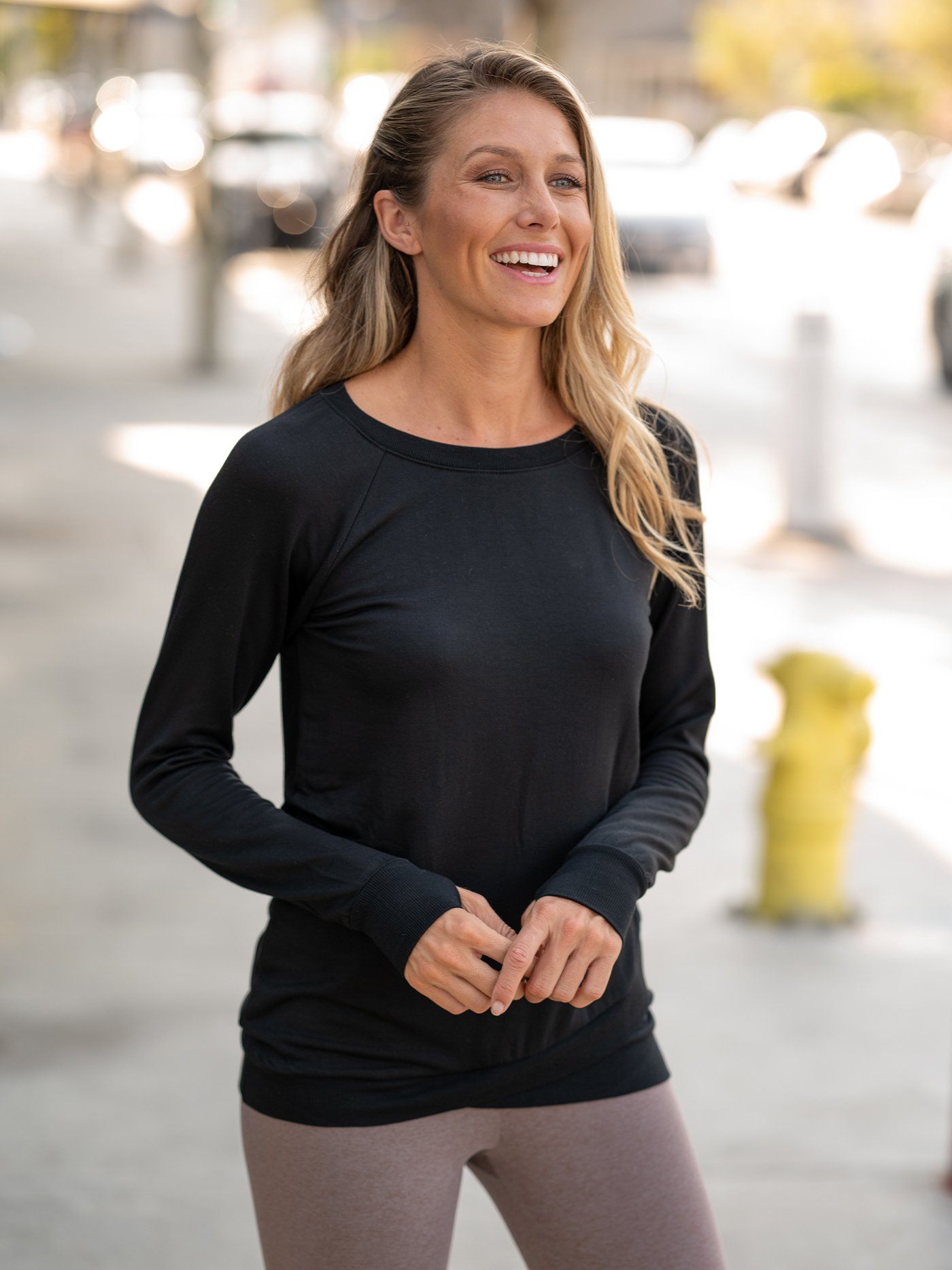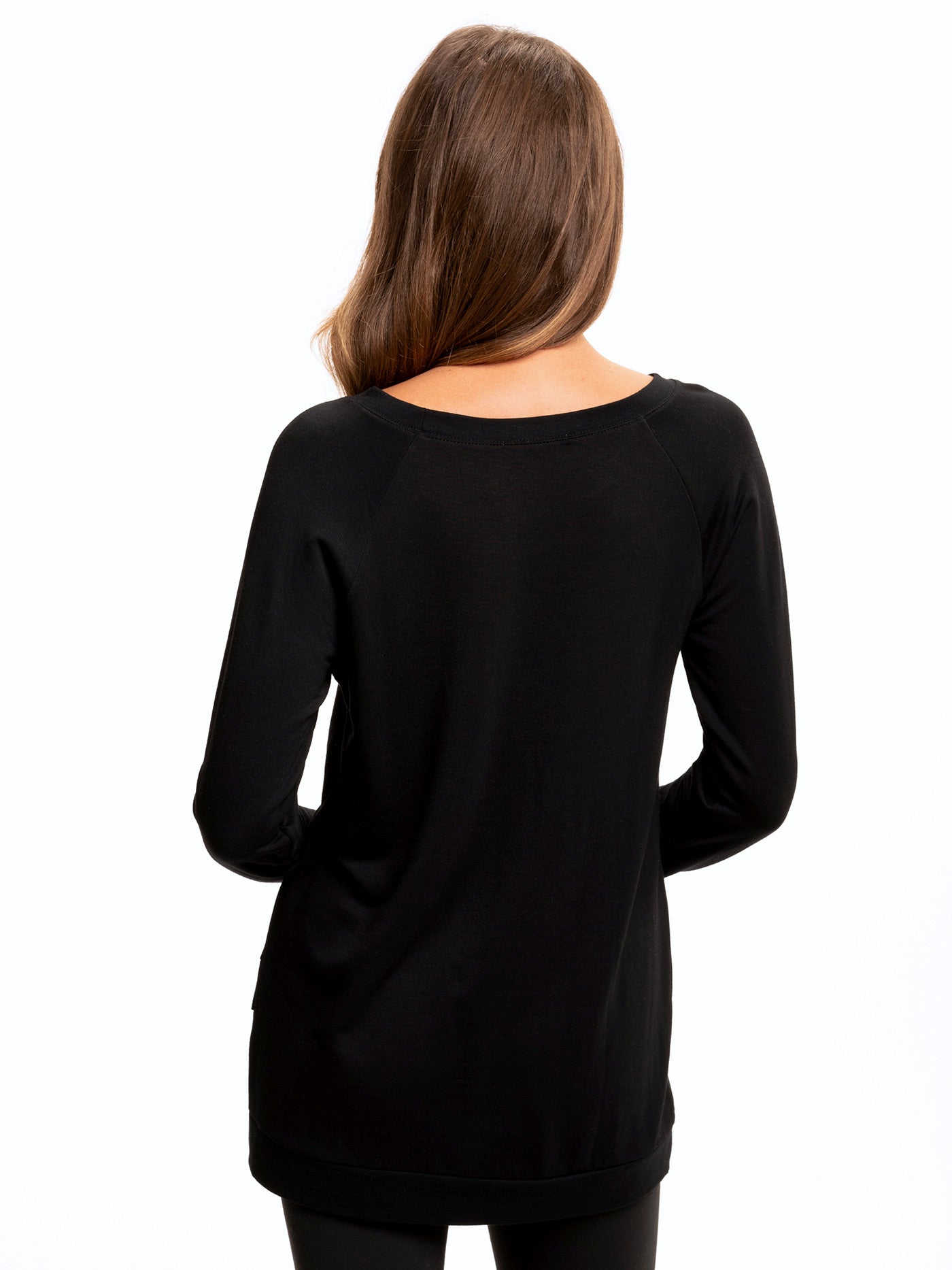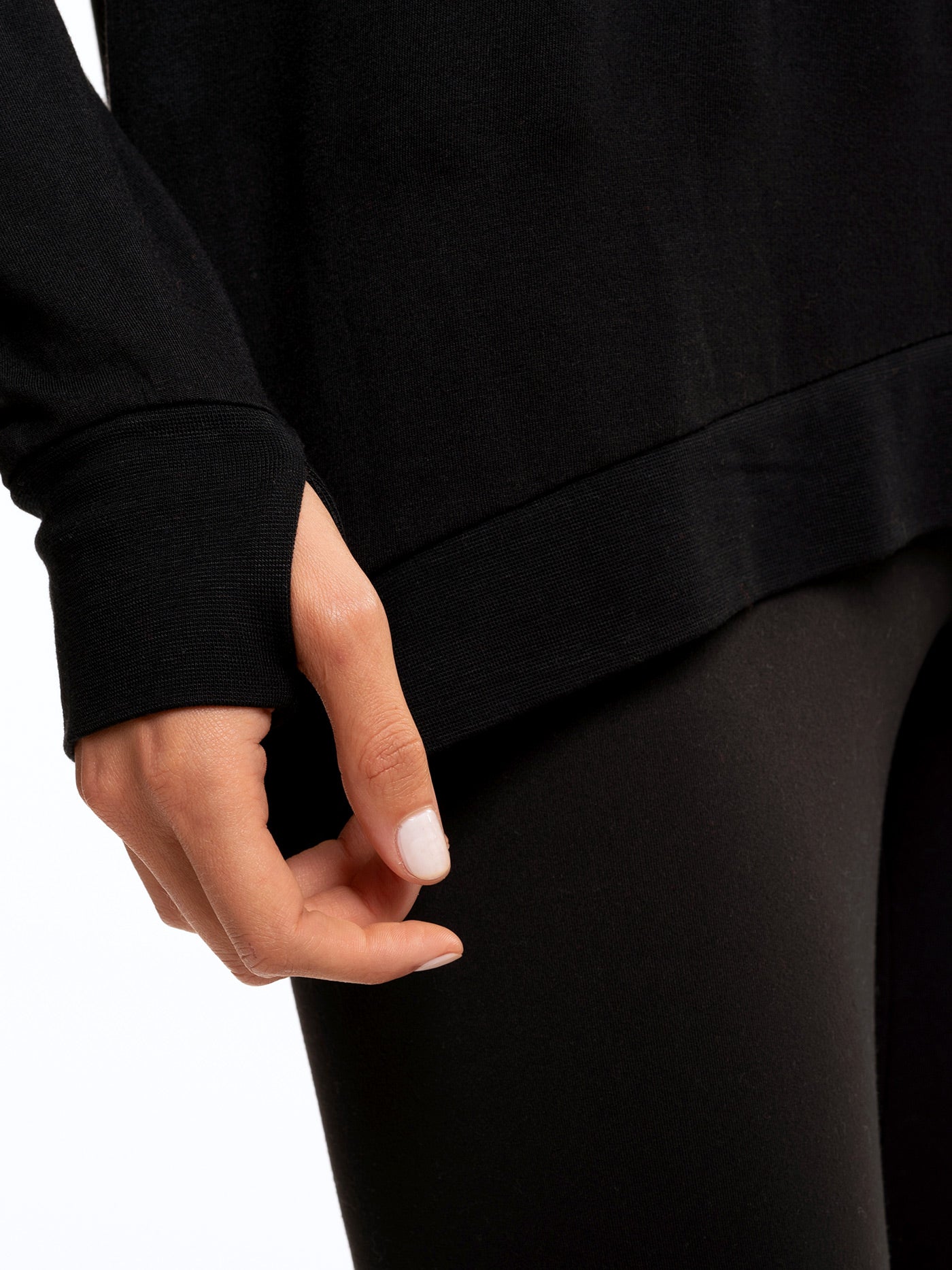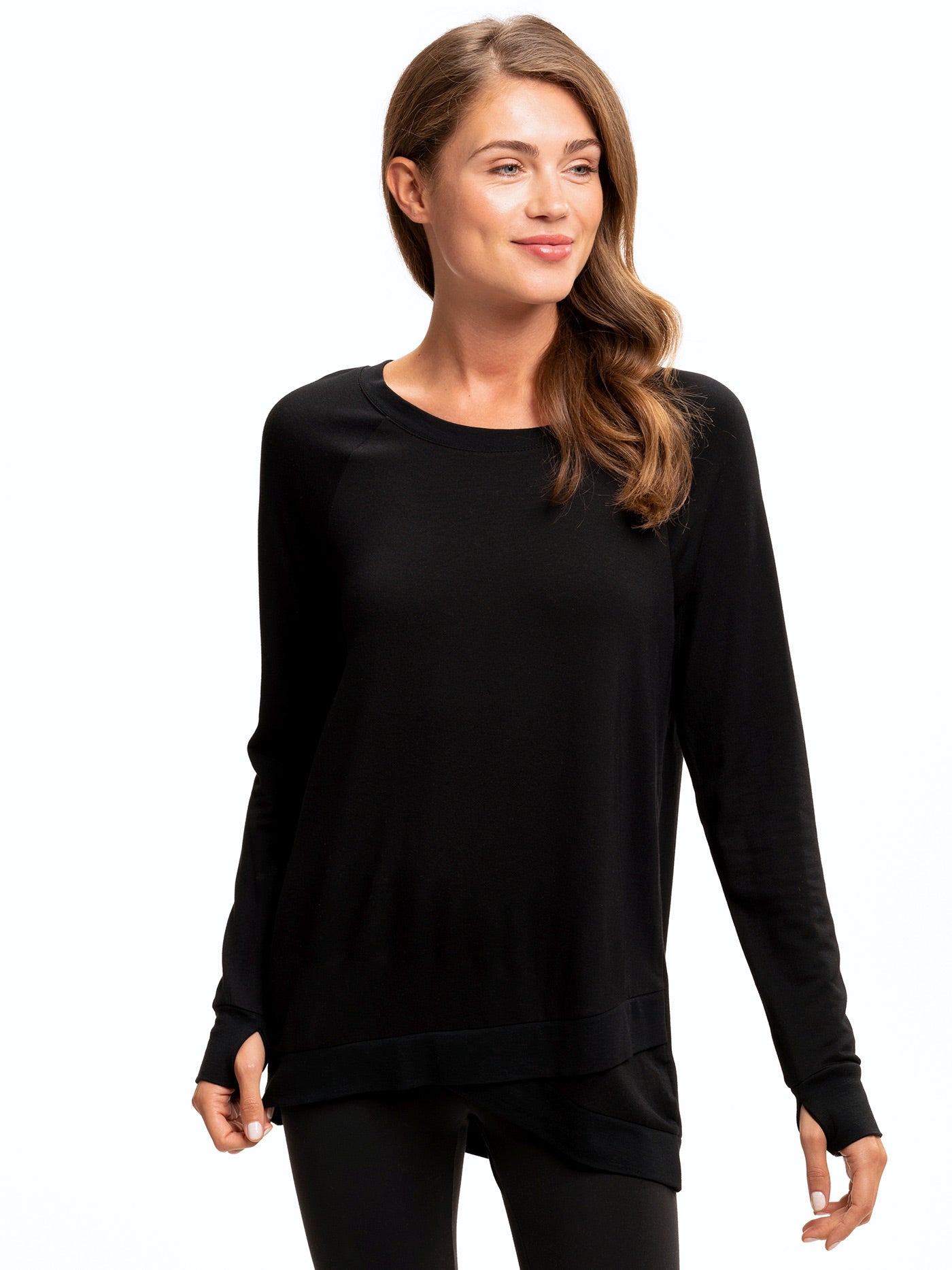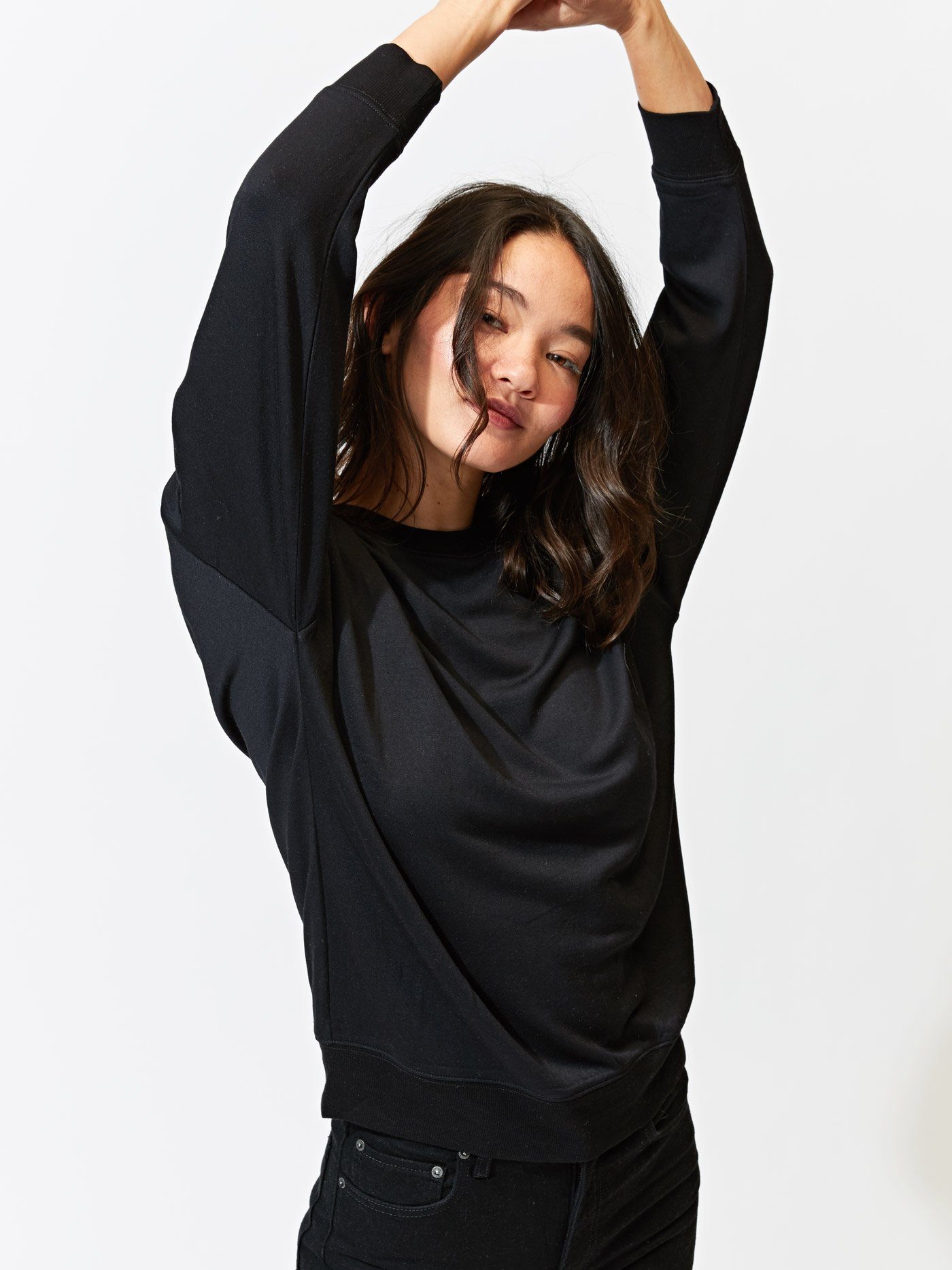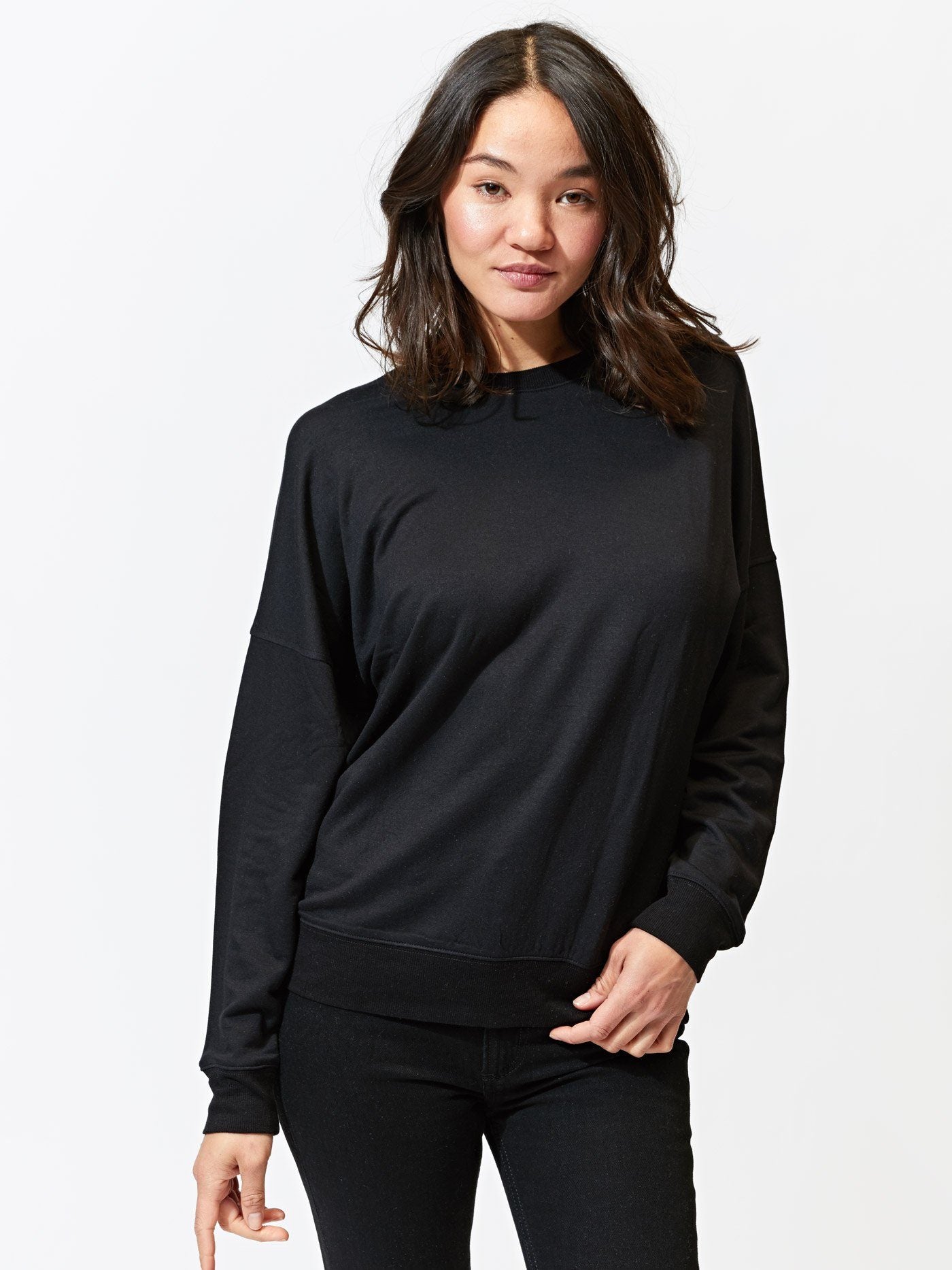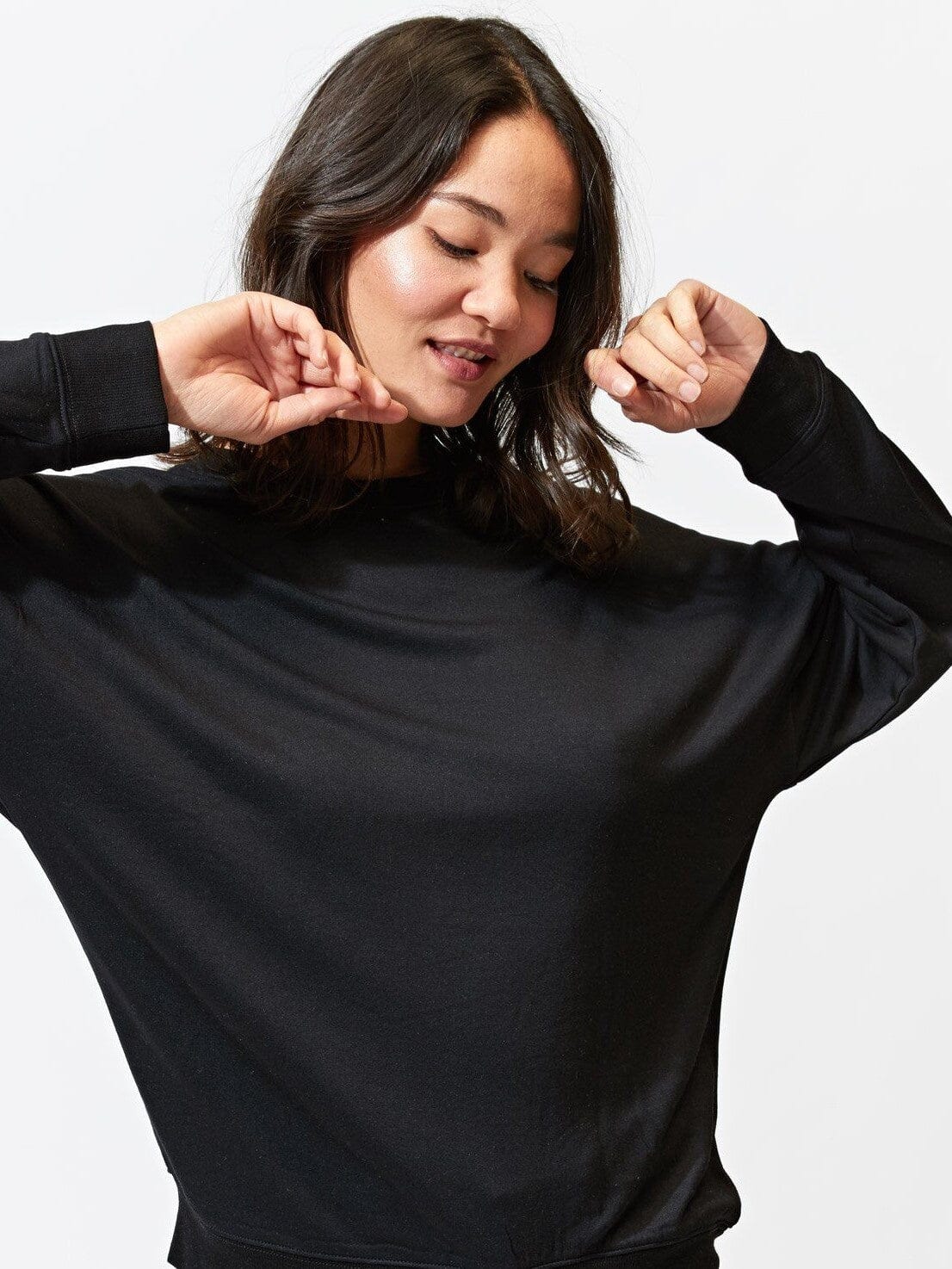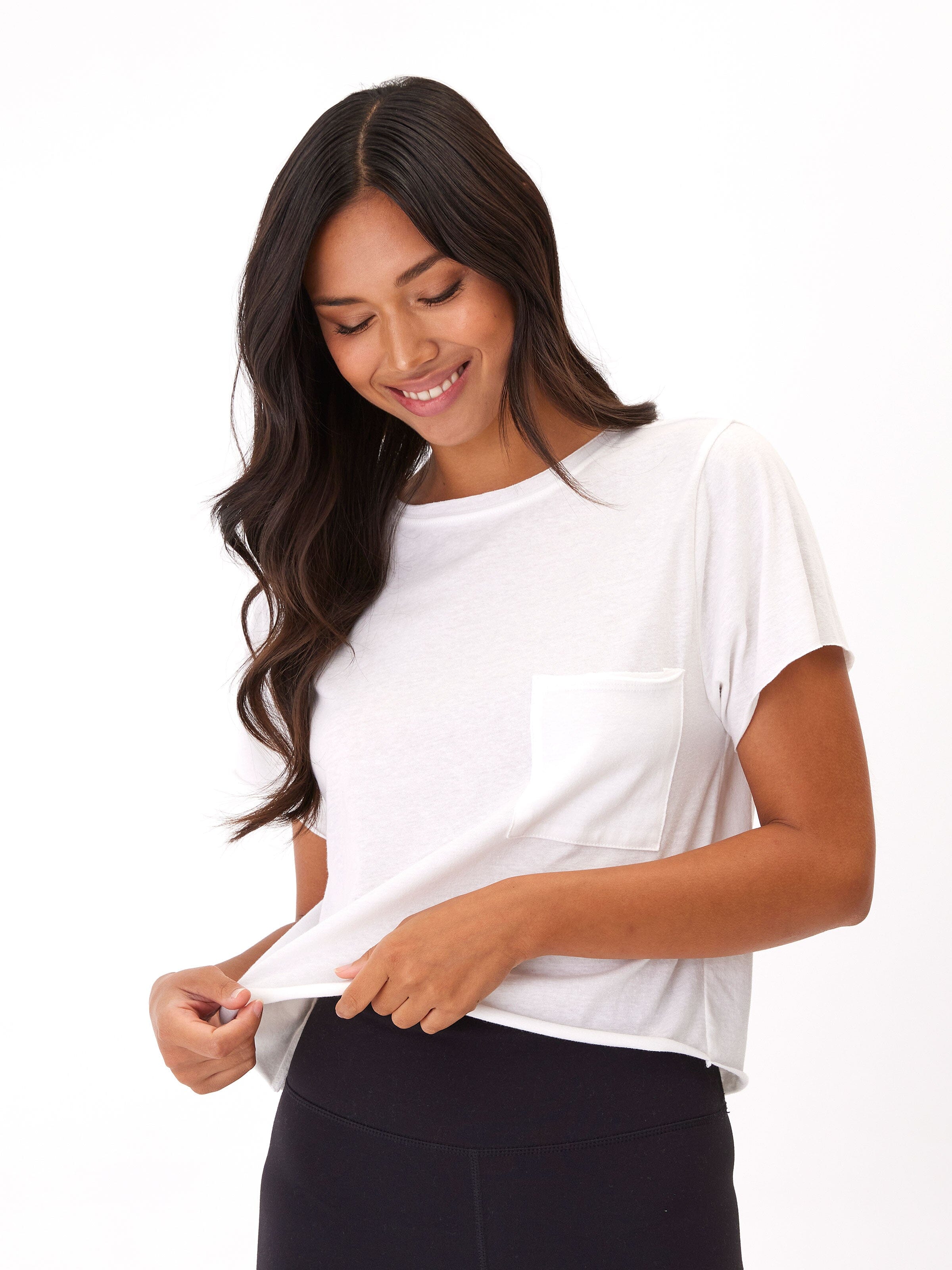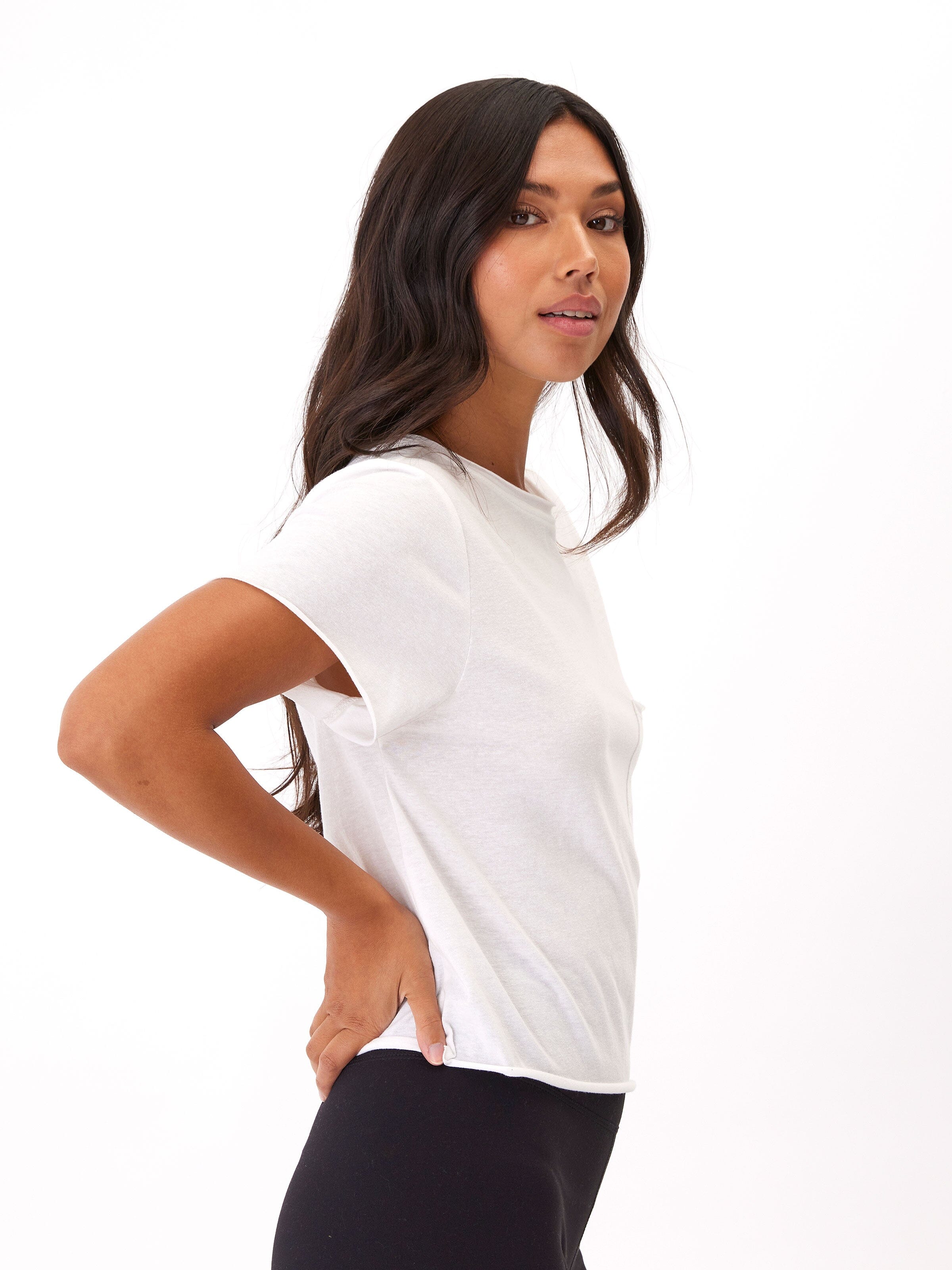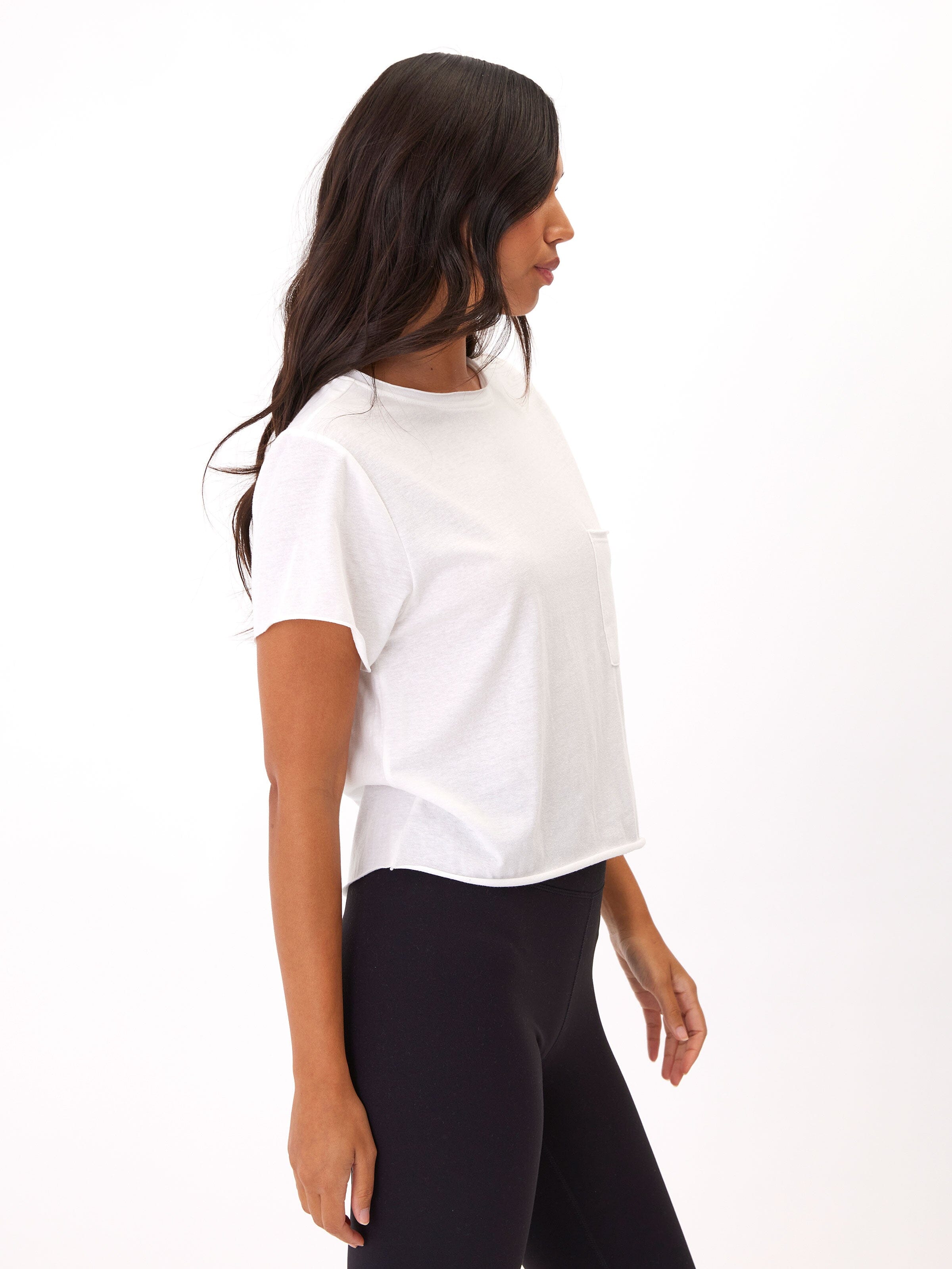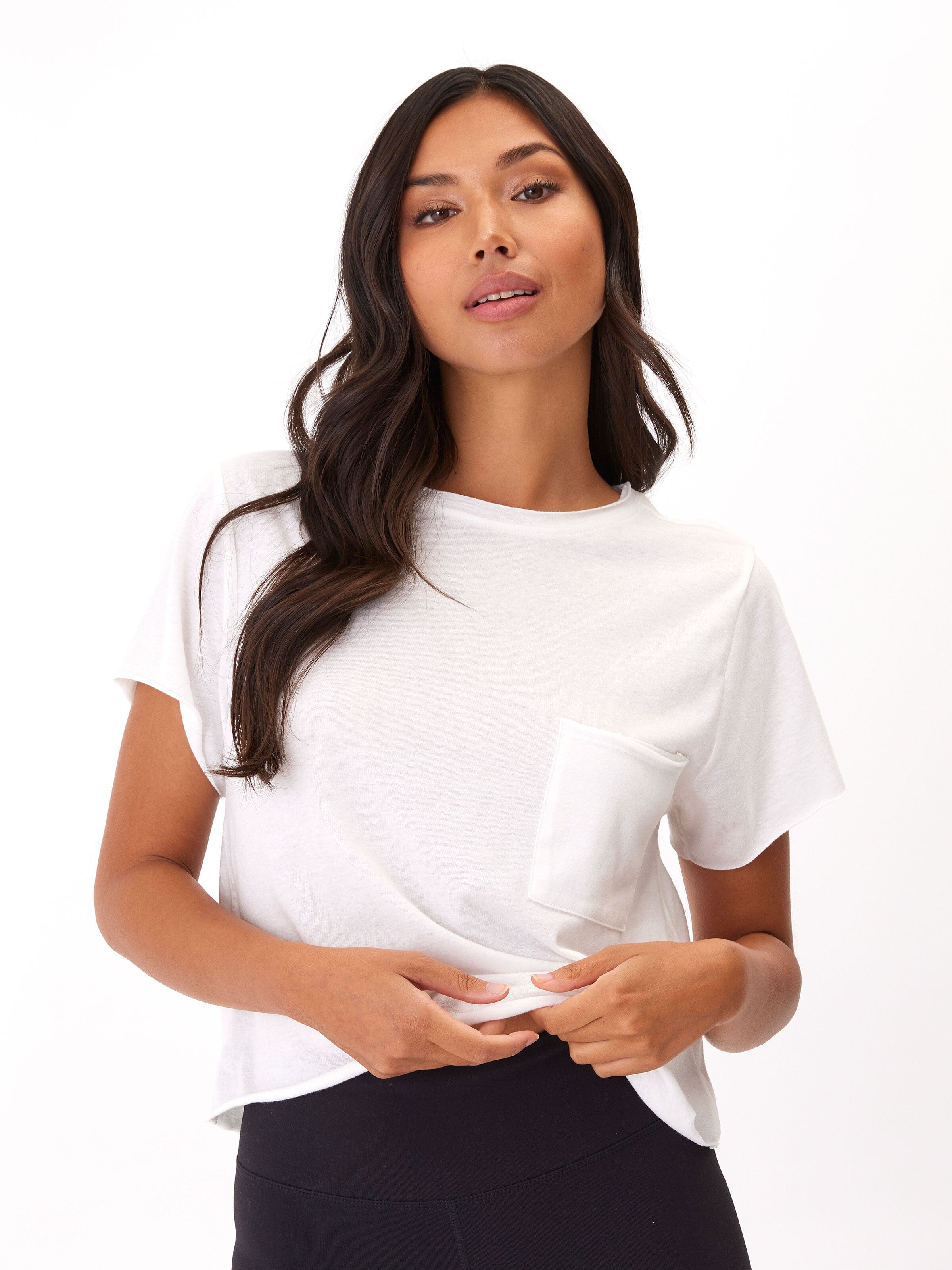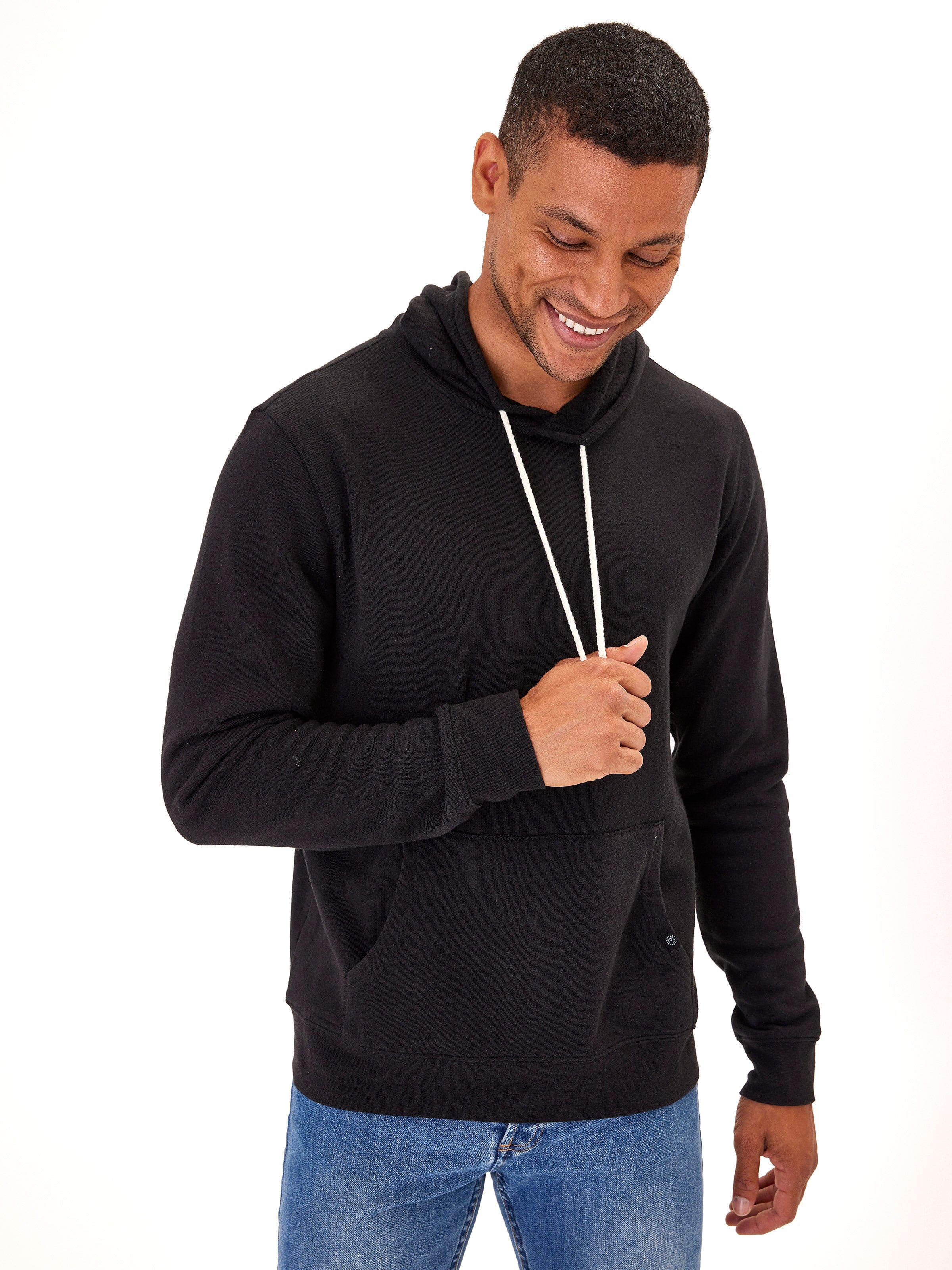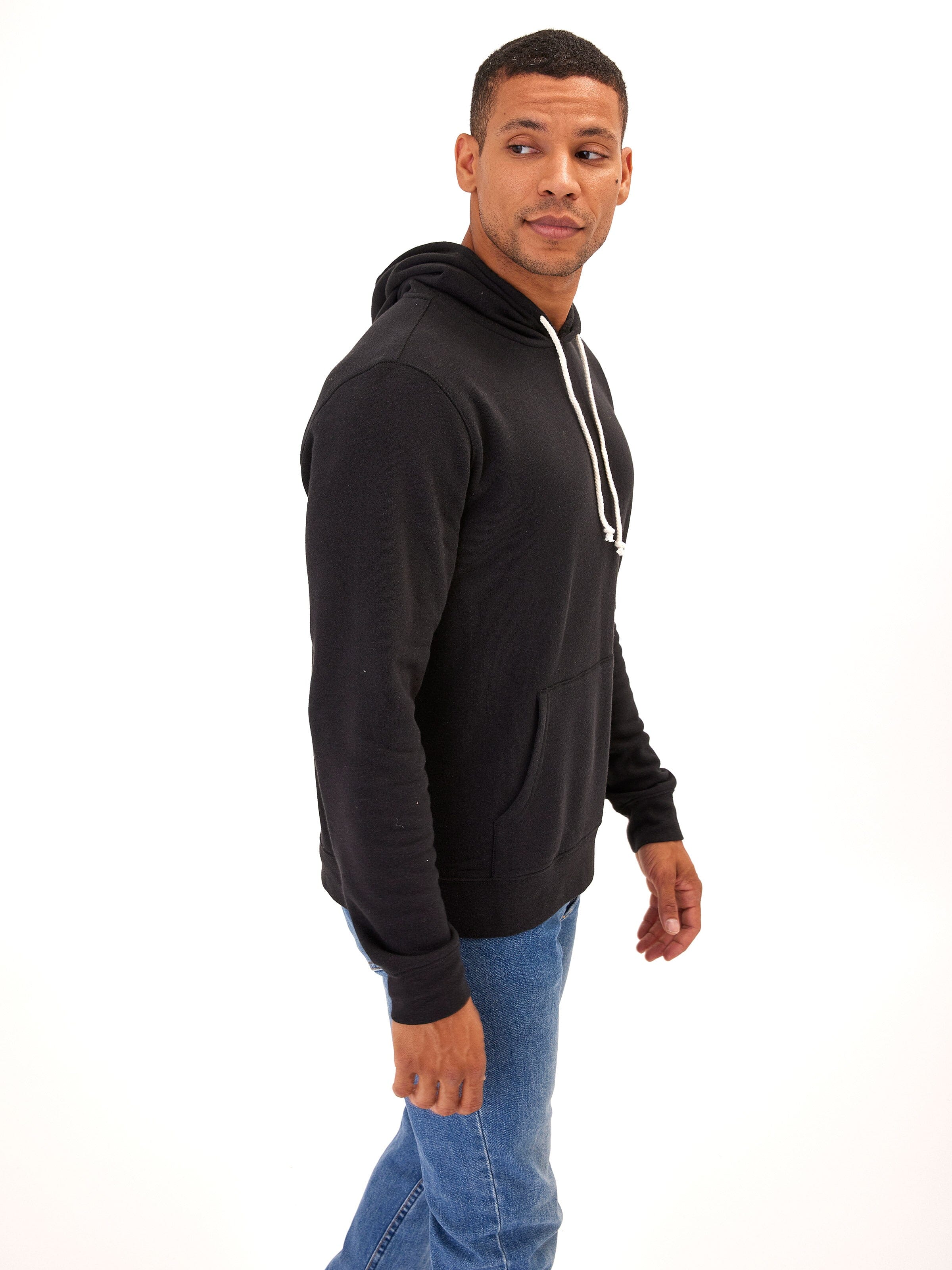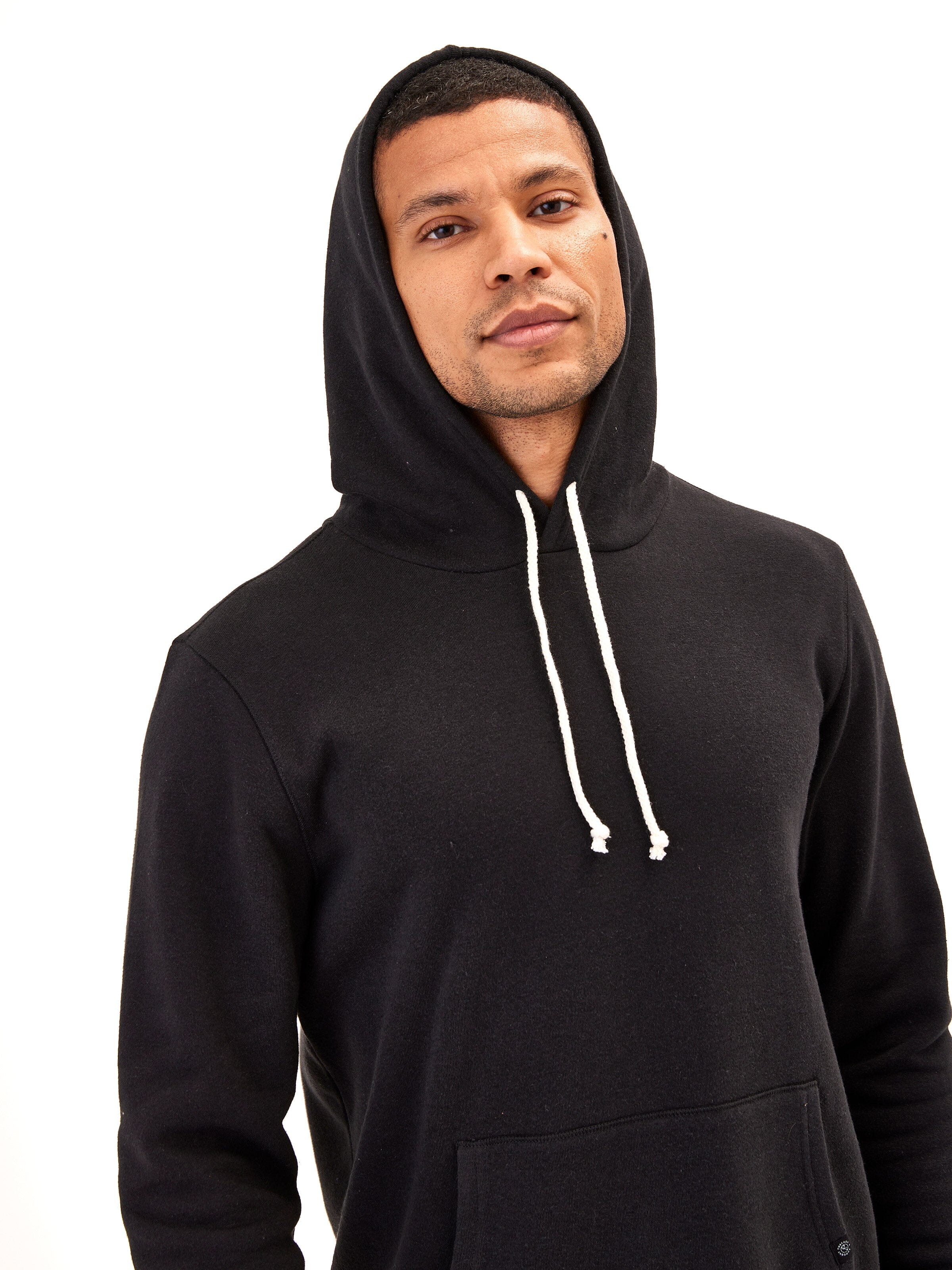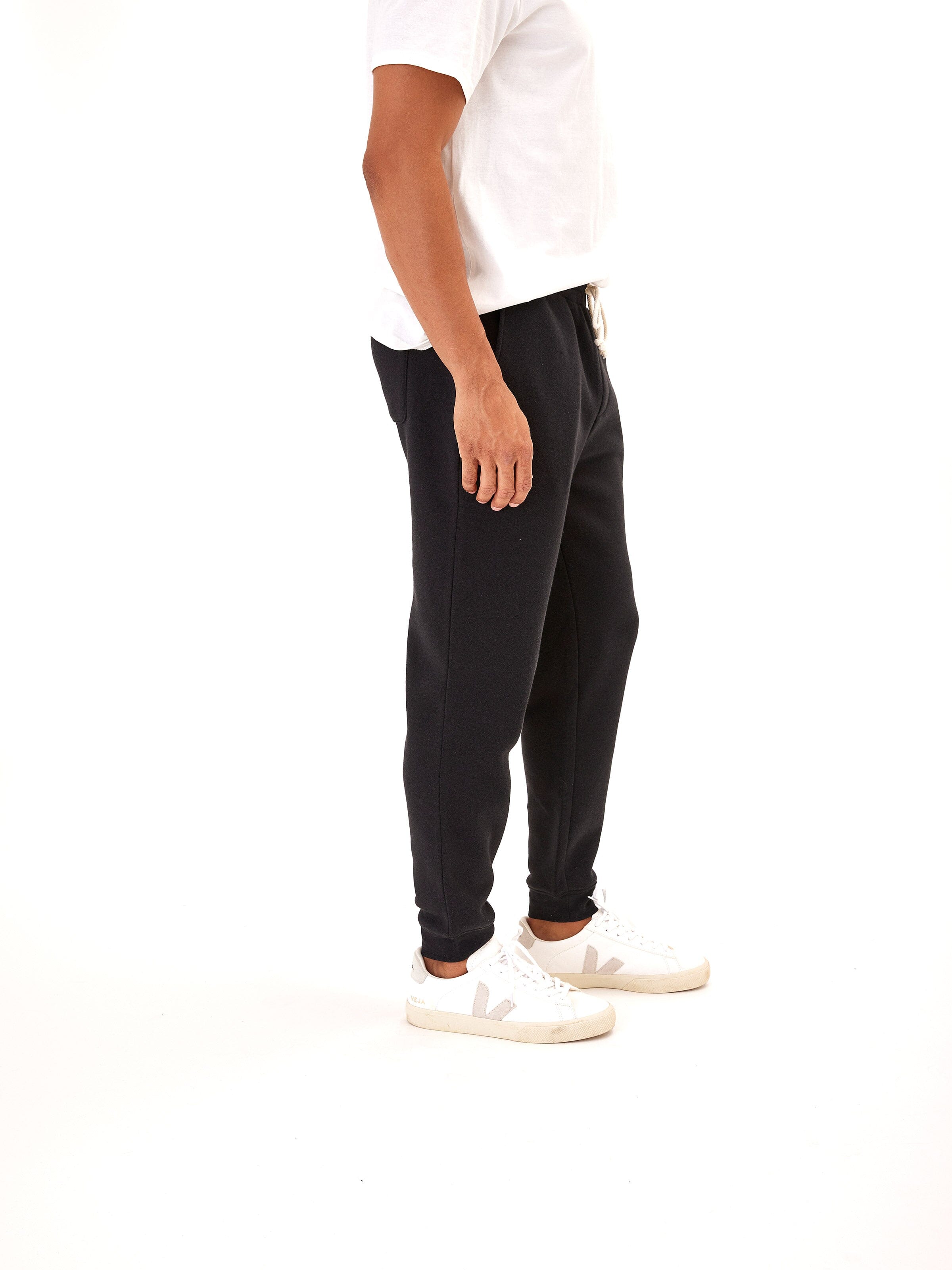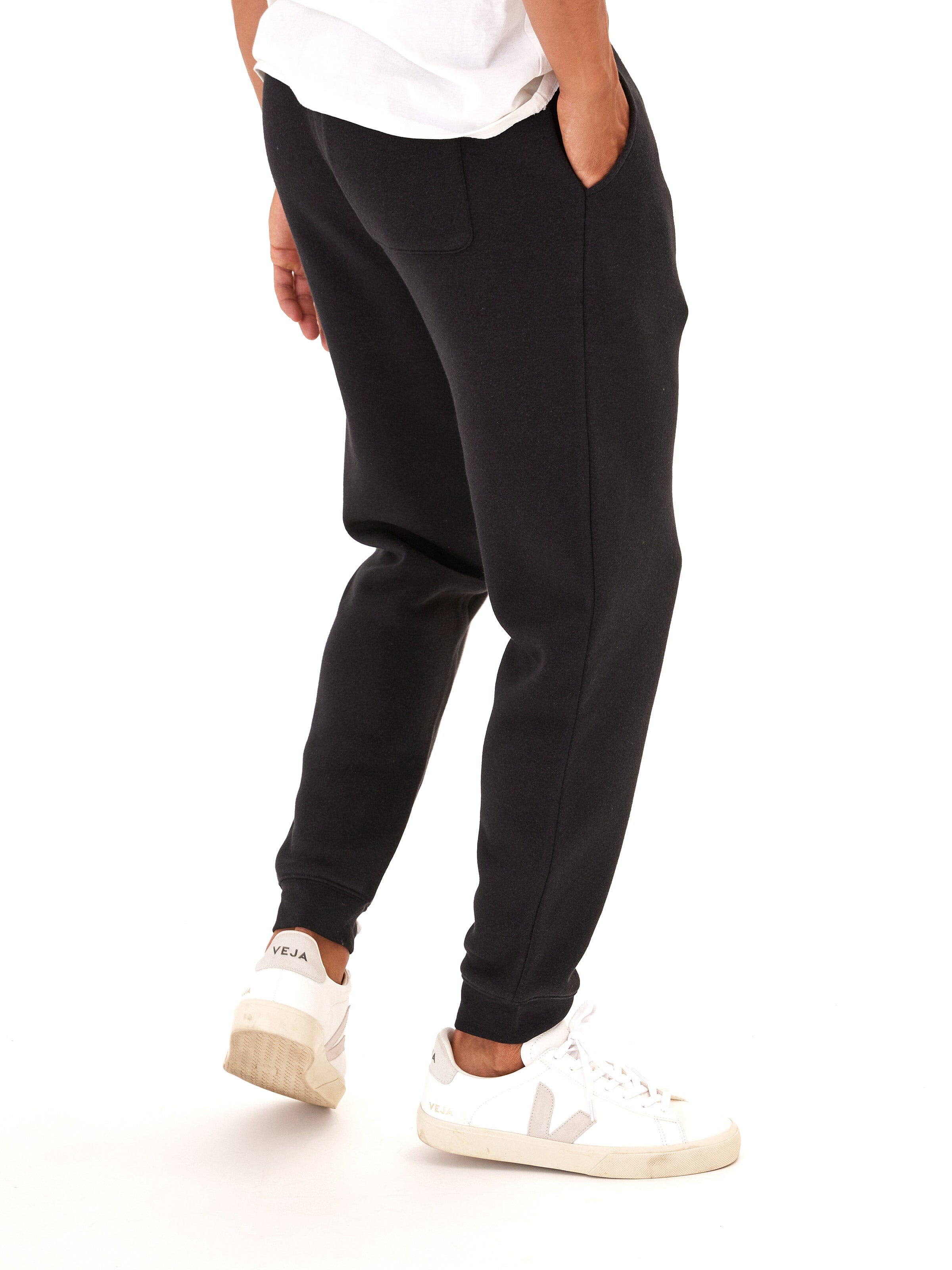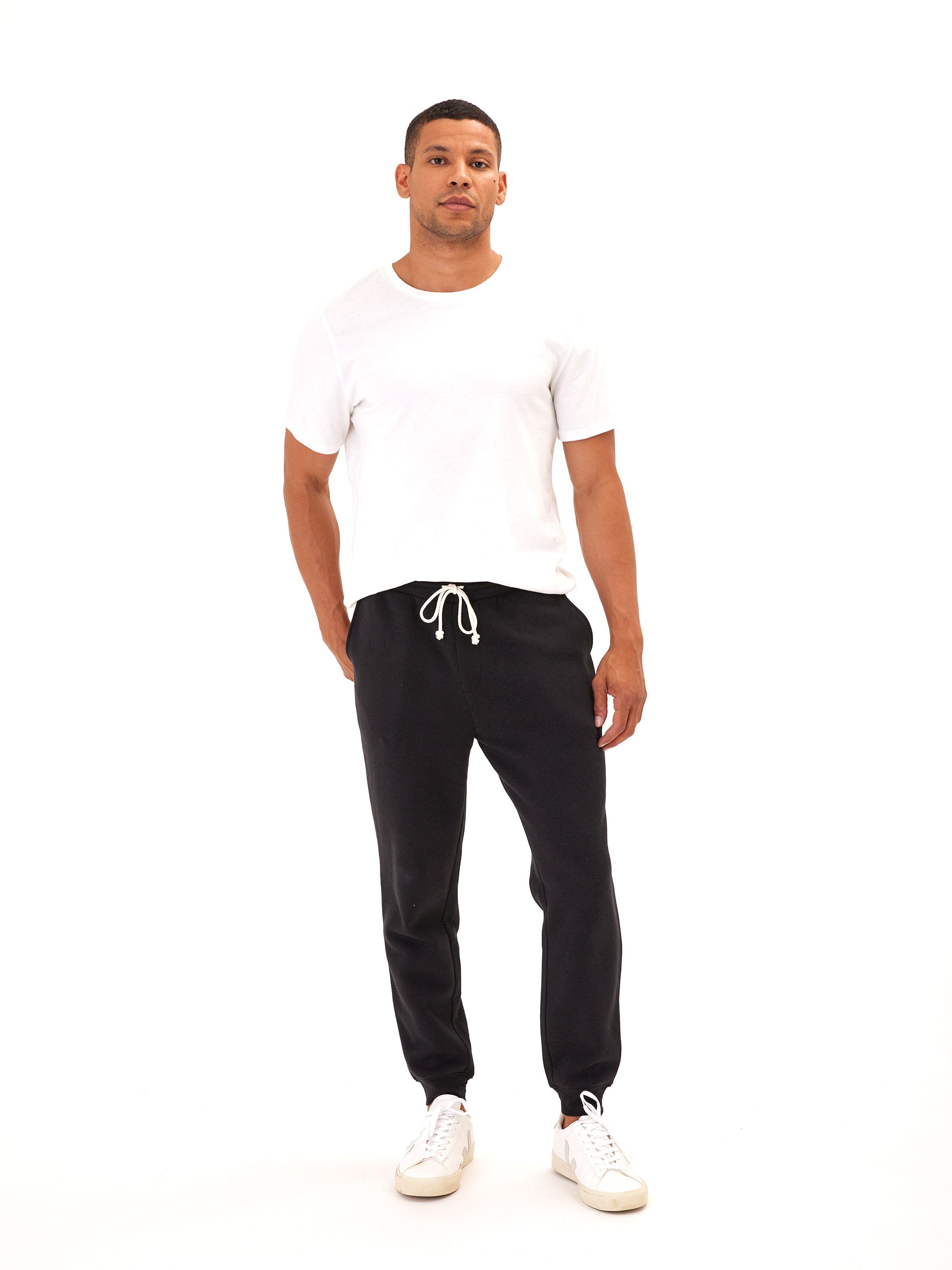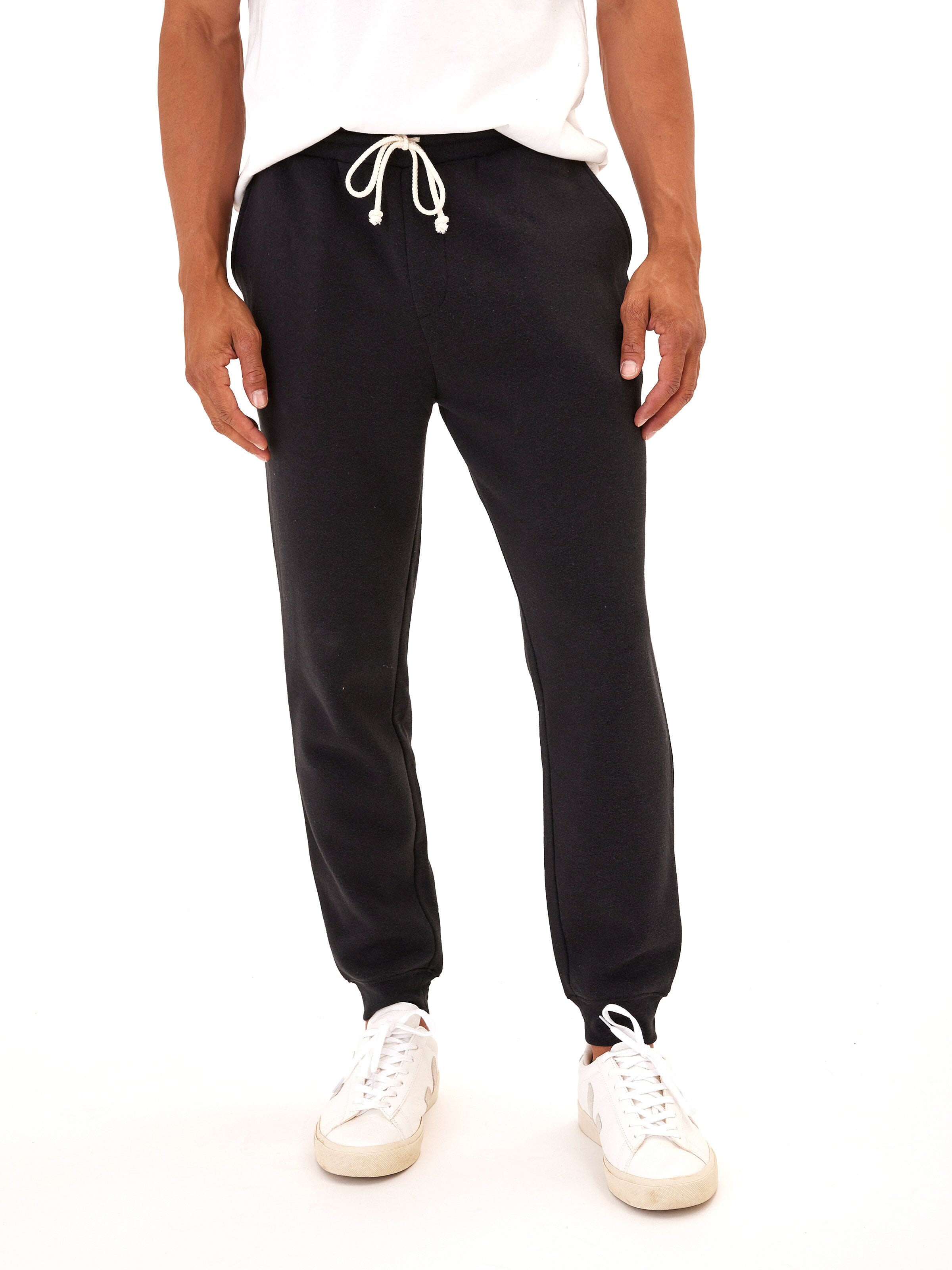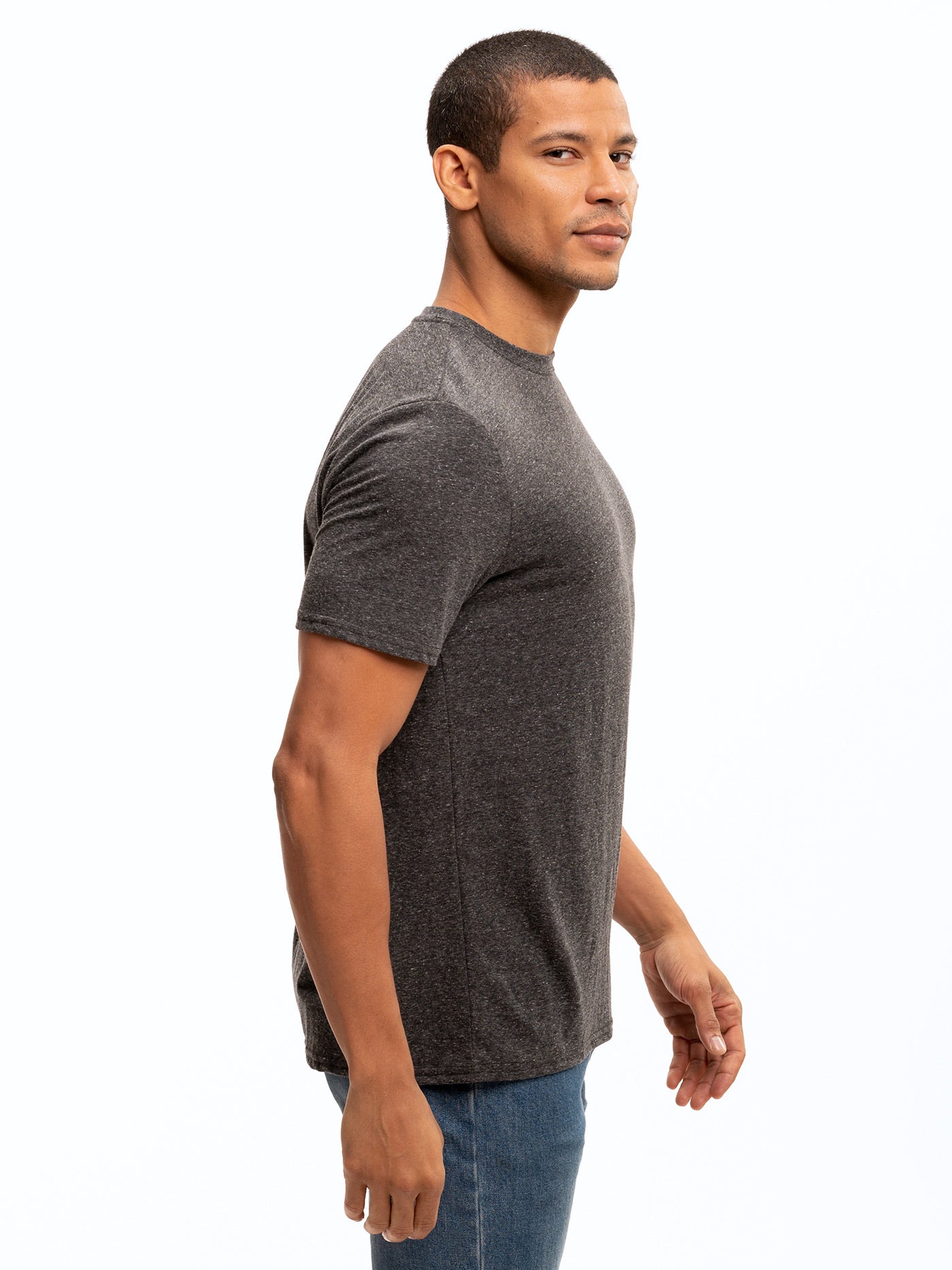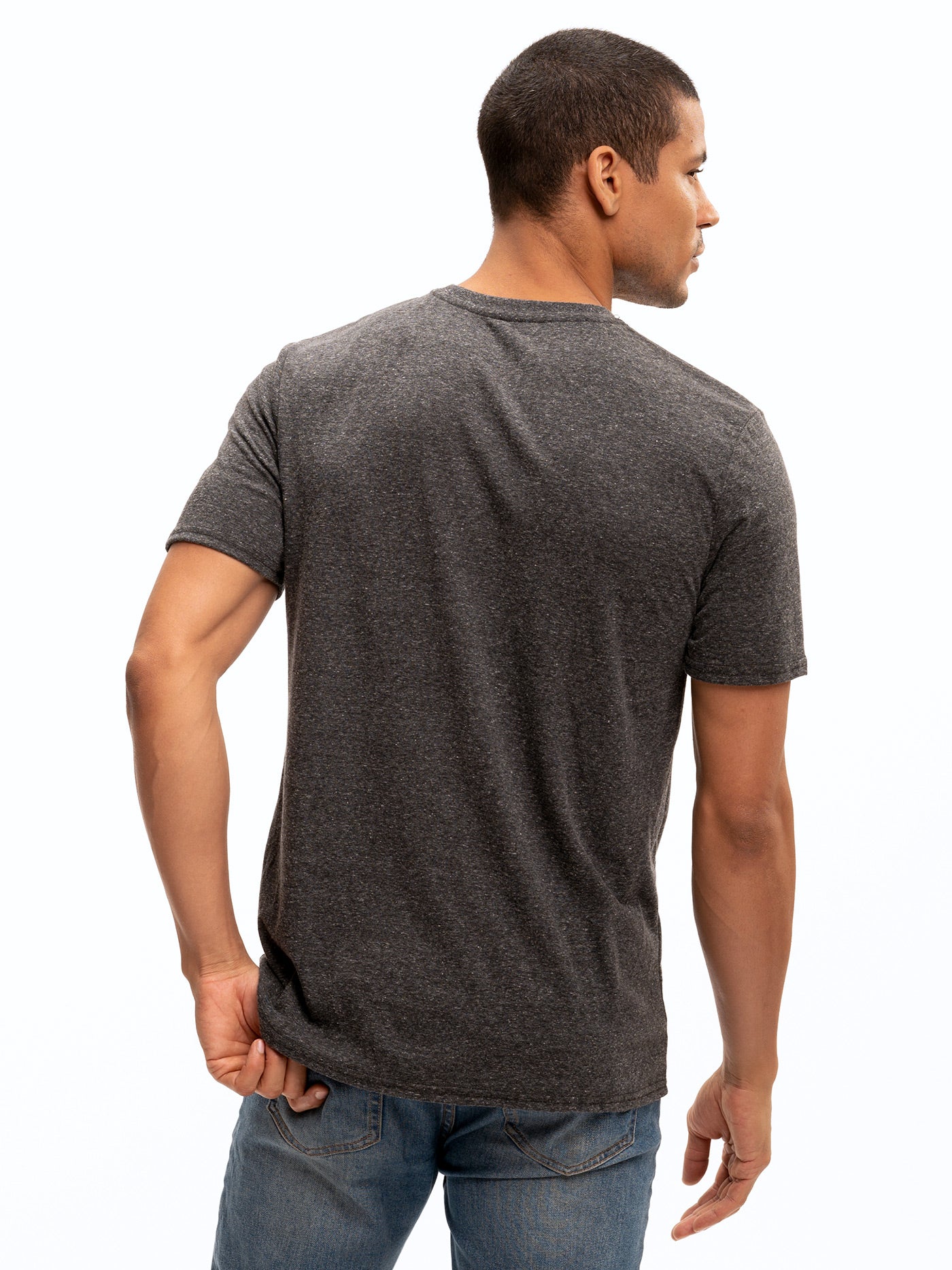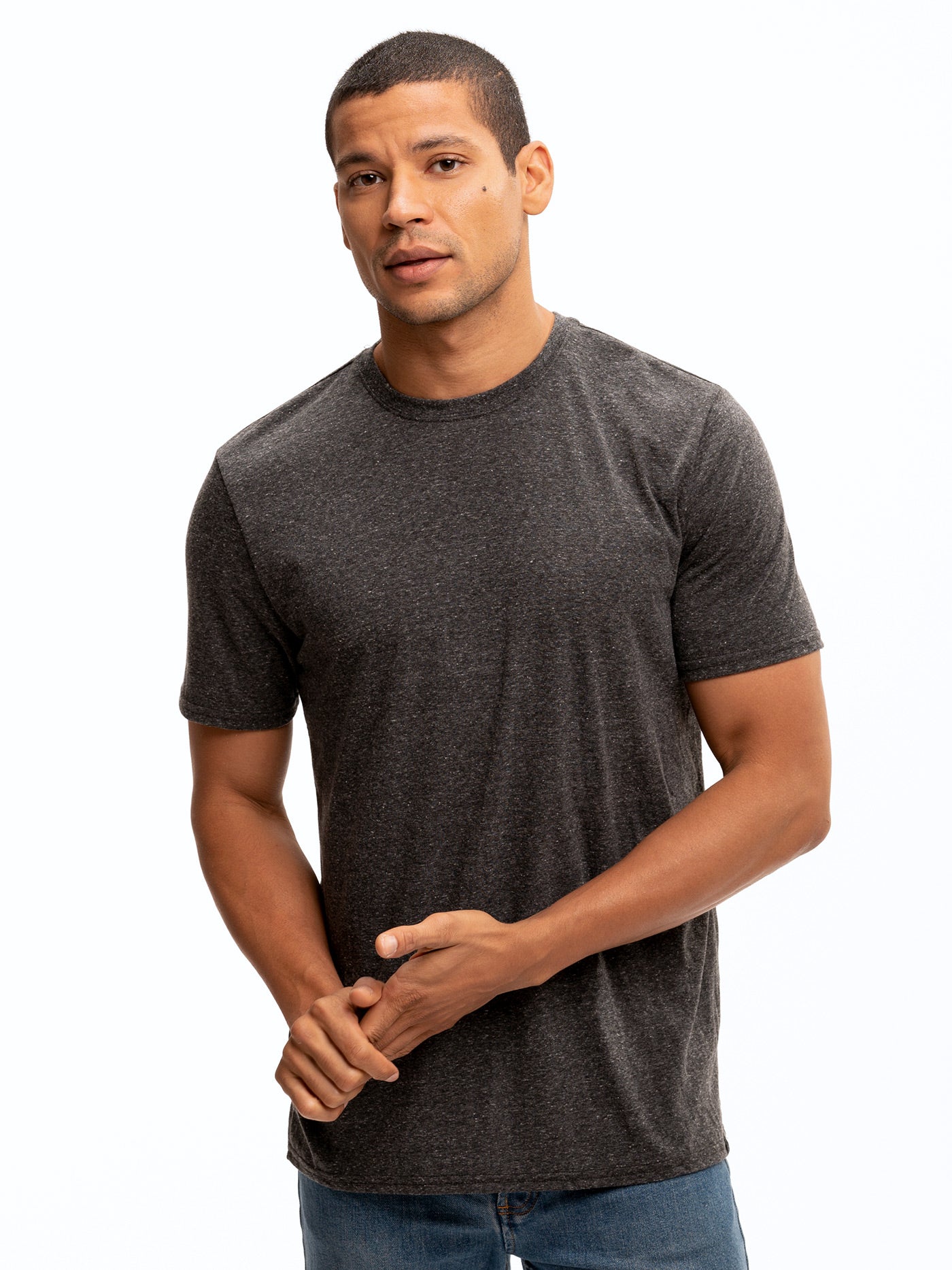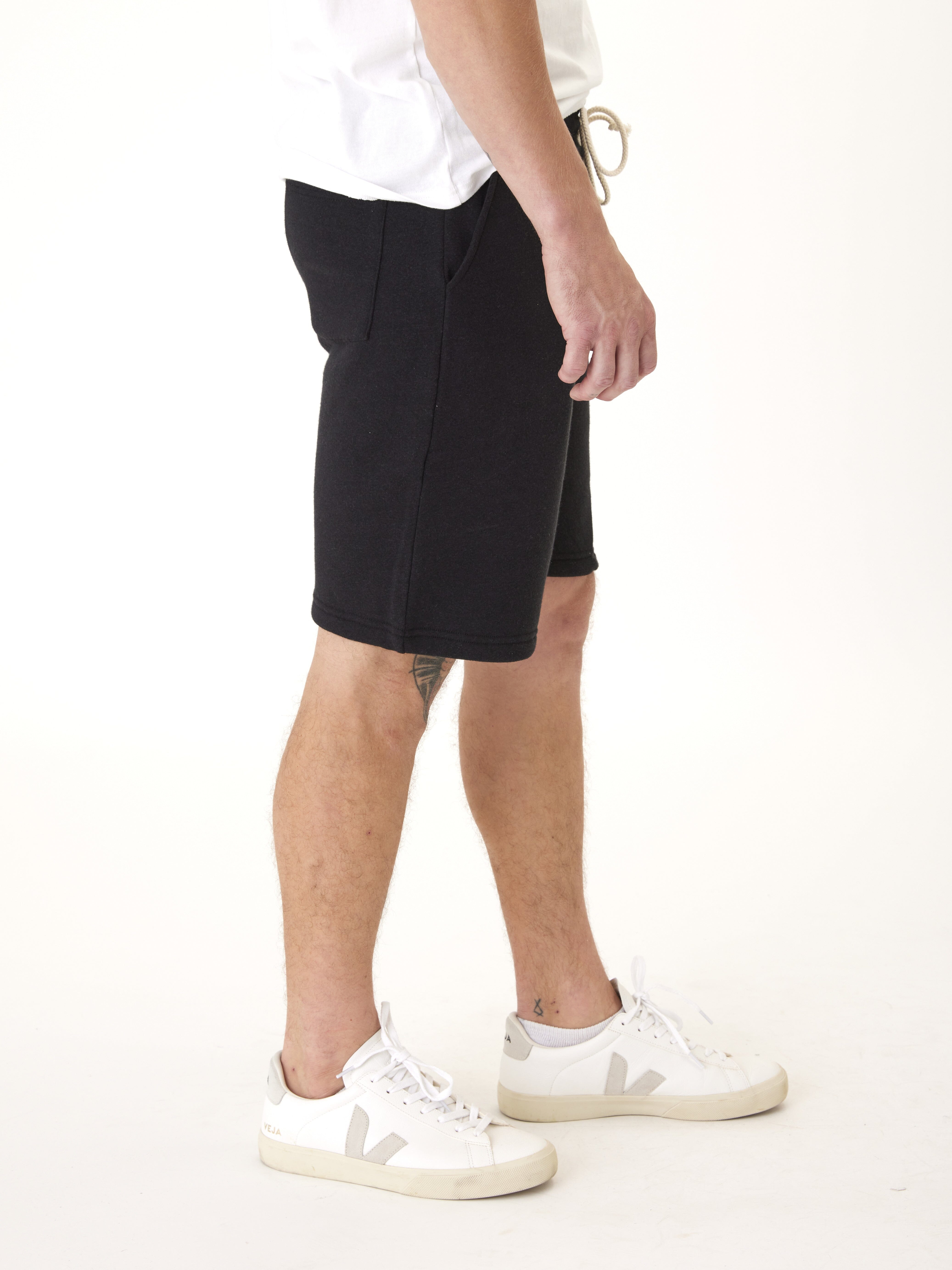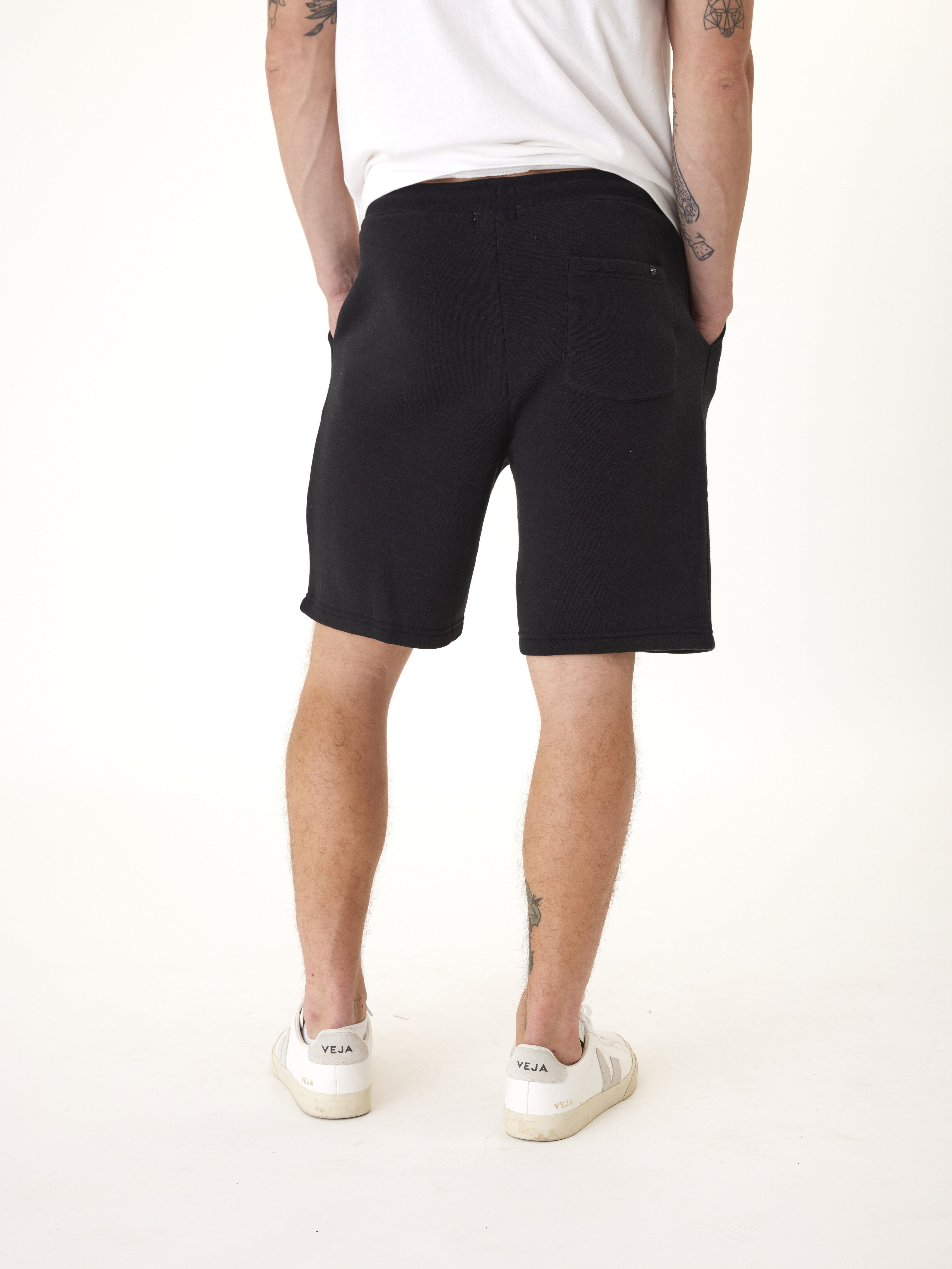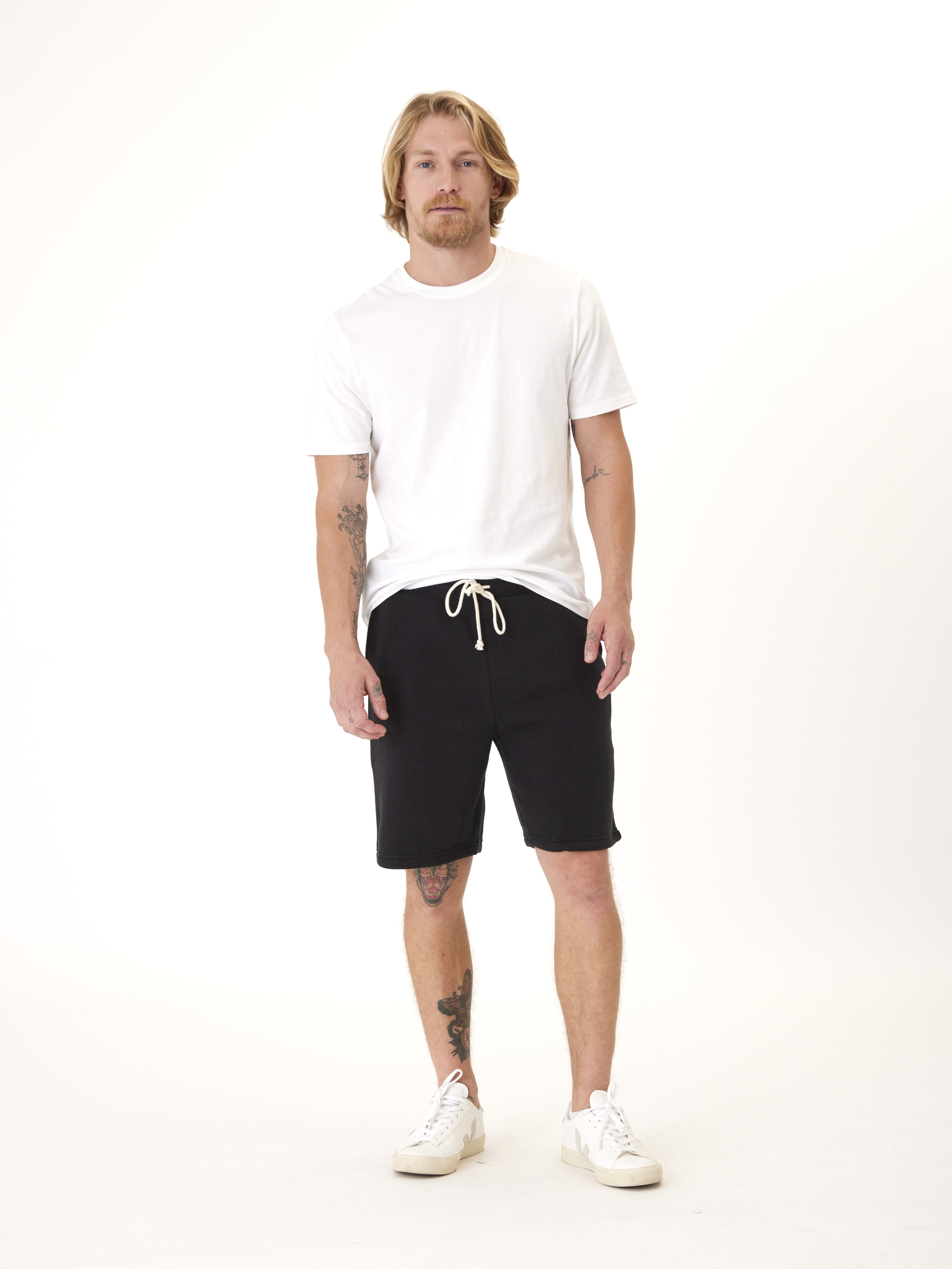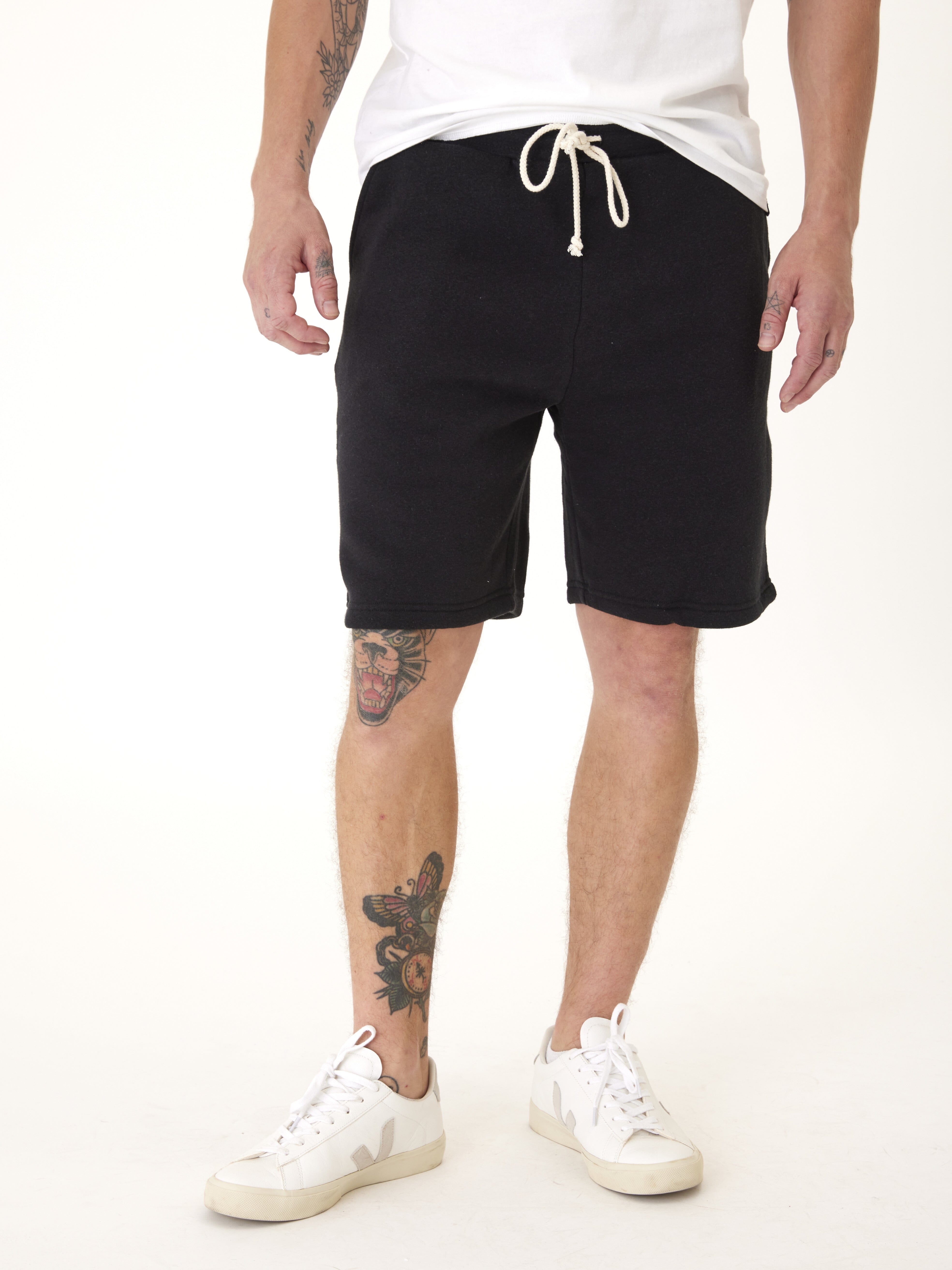As more and more brands weave sustainability into their messaging (a.k.a. green washing, as many brands are capitalizing on the verbiage rather than the actual practice of being sustainable), “deadstock” has become a popular buzzword promoted by brands who want to be viewed as sustainable. So, what is deadstock?
.
To sum it up, deadstock is excess fabric that is left over from production and, consequently, no longer needed. The argument that this should be viewed as sustainable is straightforward: by using deadstock to make clothing, brands are helping to eliminate potential waste and saving the fabric from a landfill. Unfortunately, this just isn't true. Below are 3 major reasons why the entire concept of deadstock is NOT sustainable.
- Deadstock is not a scalable business model.
While purchasing deadstock fabric is all well and good, it is not a business model. Very few, if any, businesses can depend on deadstock as the key resource for making their clothing. There is almost no way to forecast usable inventory, so brands are at the mercy of what the mills have available as overstock to make their next items. This is not something that will lead to any lasting change for the apparel industry.
- There has always been a market for deadstock. It is not new; it is just newly coined as sustainable.
Smaller brands and designers have been using deadstock for decades, long before brands started to adopt this as a way to market themselves as sustainable. This has always been a way for start-ups or designers that cannot produce full production runs of fabric to purchase materials without the burden of typical fabric minimums. Generally speaking, mills are not just throwing out their old fabric because of over-production, they have always been selling it to brands, designers or other end-use makers to turn it into clothing.
- By using deadstock, brands are encouraging over-production.
This seems obvious. If a mill is selling all of their excess fabric at a profit, and the market for these overages is expanding, the market response is to produce more because there will be an outlet for it. With brands consistently buying these fabrics, there is inherent demand created for them. Now fabrics produced from non-sustainable raw materials are being produced in larger quantities to fill this new demand for deadstock fabric.
Purchasing deadstock is a great option for small brands or designers that cannot produce or reproduce fabrics in larger quantities (which is the way it has always been). But, deadstock is absolutely NOT sustainable. To inflict real change, mills need to be adopting sustainable production practices and using sustainable raw materials to produce their fabrics in the first place. For our part, consumers and brands need to be pushing manufacturers to source more sustainable raw materials rather than simply purchasing excess fabric and calling it sustainable.





